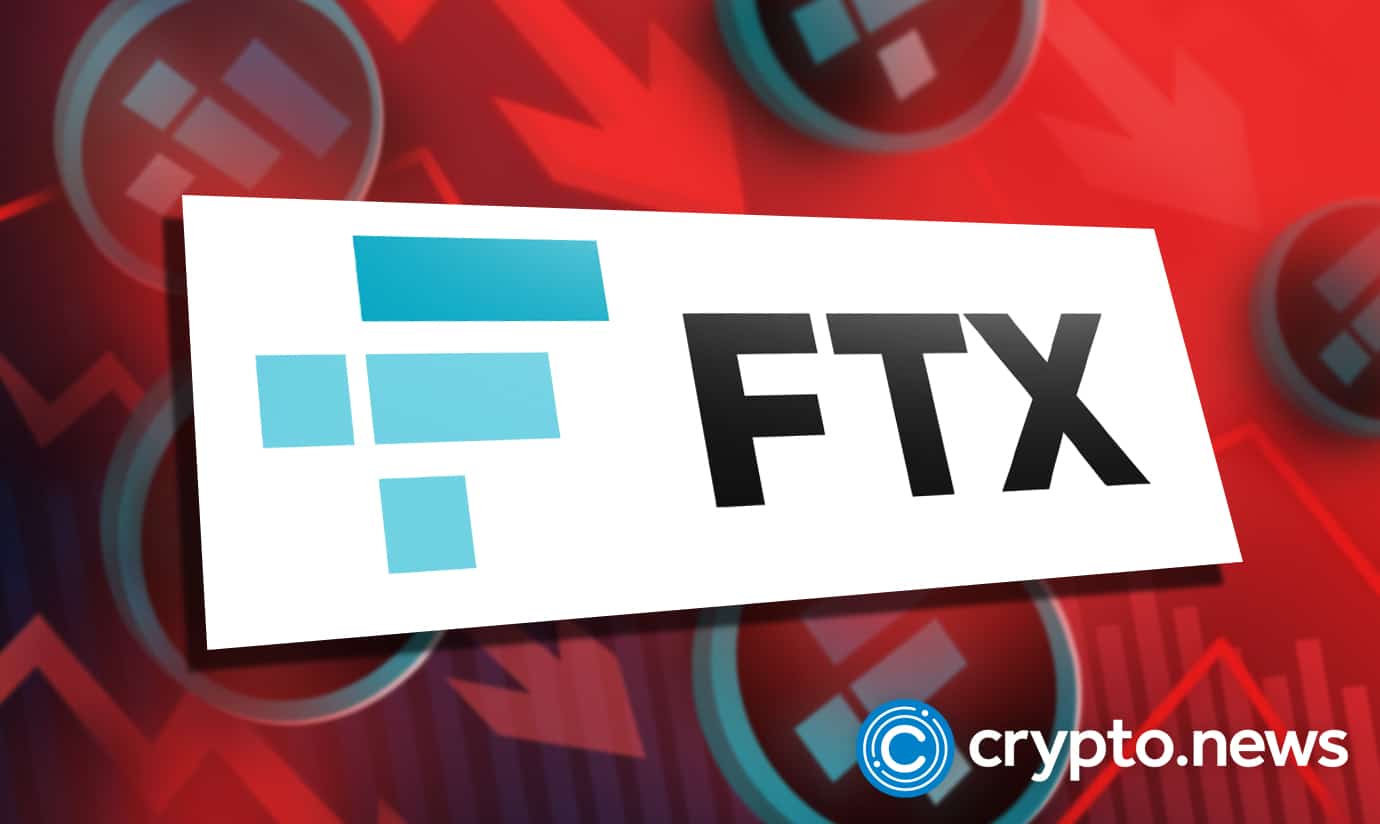CoinMarketCap unveils proof of reserve tracker to avert another FTX situation

A new tool on CoinMarketCap’s website that provides users with up-to-date financial details on exchanges has been launched, according to the industry leader in market research and tracking for cryptocurrencies.
Exchanges are employing the PoR mechanism
Using the tool, the crypto industry’s crypto exchanges’ proof of reserves can now be scrutinized for transparency. It checks their liquidity at any given time. The tool also tracks and makes known to the public information about the company’s total assets, the associated public wallet addresses, balances, and values of the wallets.
The PoR trackers should update their data every five minutes, as per CMC.
Binance was listed as an example in a Twitter discussion with about $65 billion listed in its combined wallet addresses. Other exchanges that also provide PoR data currently include KuCoin, Bitfinex, OKX, Bybit, Crypto.com, and Huobi.
Changpeng “CZ” Zhao, CEO and co-founder of Binance, retweeted the latest CMC development. Some members of the crypto community are referring to this new feature as a “wonderful transparency addition.”
Following the ongoing FTX liquidity and insolvency crises, CZ was among the first to commit to providing proof of reserves. The Binance head also stated what is currently available is simply the original version of what will eventually be made public via Merkle Tree PoR.
FTX crash inspired the need for PoR
FTX’s ability to account for billions of dollars worth of assets disappeared last week, and investors saw the exchange spectacularly crash into bankruptcy.
Some detractors are criticizing the mere existence of centralized exchanges like Sam Bankman- Fried’s, claiming they haven’t been trustworthy custodians of their users’ assets amid the ensuing firestorm.
But the blowup has rekindled the conversation over a potential remedy, something called “proof of reserves,” or PoR, a way of showing – with little or no question – exactly how many tokens are at every exchange that adopts the technique. Proof of reserves, if it had been in place at FTX, might have prevented the improper transfer of customer funds (to Bankman-trading Fried’s company Alameda Research).
What’s PoR?
Proof of reserves is an auditing method. It’s typically used to prove the existence of assets. It is used by stablecoin issuers like Paxos to demonstrate that there are enough assets backing their tokens, and by exchanges like BitMEX to demonstrate that customer deposits match the assets under custody.
If the balance sheet had been more transparent, the issue would have been quite easy to solve, crypto expert Sergey Nazarov stated.
“We already power numerous stablecoins, numerous gold coins, and numerous financial institutions, where we confirm their balance sheets through proof of reserves.”
The enhancement over the existing system will be on-demand, real-time tracking of exchange reserves, even if plans for proof-of-reserves frequently call for the appointment of a third-party attestor to ensure that the on-chain funds truly line up with what the exchange claims to possess.
Proof-of-reserves, which matches all funds to cryptocurrency wallets that everyone can track on-chain at any moment, effectively puts crypto exchanges closer to the treasuries of decentralized finance protocols.














